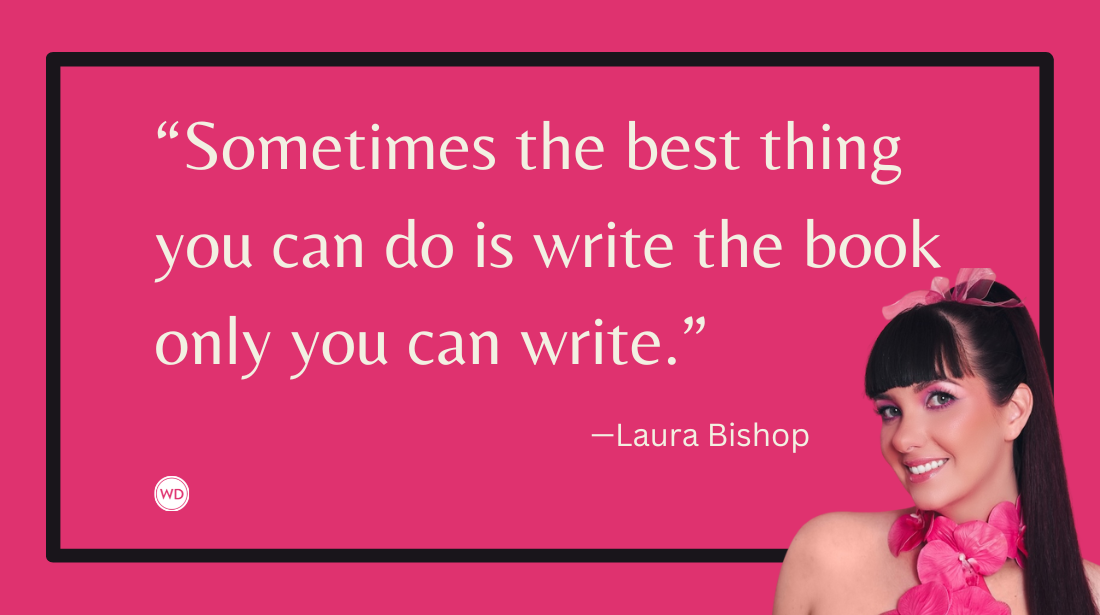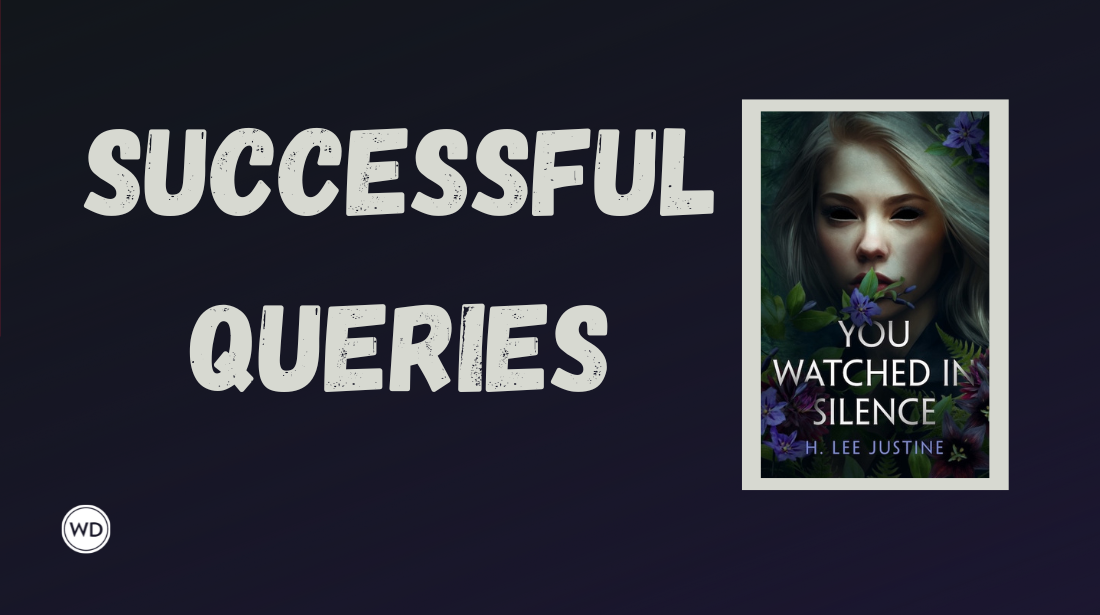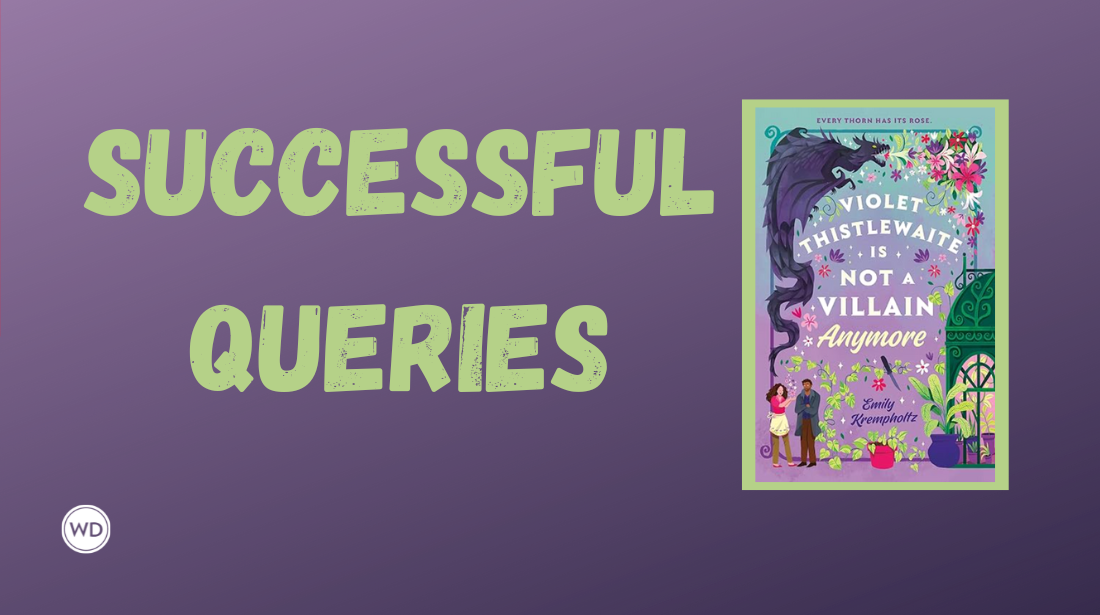3 Practical Tips on Reading Your Work to an Audience
I recently attended a literary event where several writers read their work. I sensed polished pearls buried deep in there somewhere but honestly, I couldn’t hear them. The writers mumbled,…
I recently attended a literary event where several writers read their work. I sensed polished pearls buried deep in there somewhere but honestly, I couldn’t hear them. The writers mumbled, stumbled, ran sentences together and acted as though their words were on a bullet train to a faraway station. Their verbs may have been strong and their adjectives descriptive, but their delivery did not do justice to the "inspiration and perspiration" of their writing.
This guest post is by Carol M. Merchasin, author of author of This is Mexico: Tales of Culture and Other Complications (SheWrites Press). She is a lawyer, a former partner at a large law firm, and an author involved in a longtime love affair with Mexico. She fell in love with the country’s language, people, and culture during her first trip south in 1983, and she moved to San Miguel de Allende in 2005. She is a keen observer, an experienced researcher, and an enthusiastic student of Mexican culture. Connect with Carol on her website, carolmerchasin.com, on Facebook, and on Twitter.
I know how long it can take me to write an essay. Fifty hours researching and writing a first draft is not uncommon. Then, there's at least another 25 hours of editing. Often more, rarely less. The process requires original thought and then a lot of shaping, revising, adding, and deleting. “Inspiration” may strike like lightening but the “perspiration” part of writing is a slow-moving event — more like golf than speed skating.
Given the number of hours it takes to produce good writing, why would a writer not spend time preparing for a reading? I suppose that too often we assume that reading will be easy because we learned how to sound out "See Jane run" in second grade. Or we are so nervous at the thought of standing in front of a crowd, that our only hope is just to survive with a modicum of breath left in our bodies. But reading your work is an opportunity to stand and deliver on all of those hours you invested — a chance to stand and deliver directly to your audience. Whether with a work in progress or a finished, published product, at some point most writers must leave home and face potential readers.
Here are three practical tips for preparing to stand and deliver your work:
- Print out a copy of the piece you are reading with double-spaced lines and wide margins. Read through paragraph by paragraph and ask yourself: What is the emotion I am conveying here? What am I, or my characters, feeling? Happy or angry? Cynical or earnest? Write shorthand stage directions in the margins (“Head tilt, eye roll” is written on the side of one of my essays where I want to convey a somewhat bemused attitude). Don’t just use your voice to read. Communicate with facial expressions and even gestures, if you feel comfortable doing so.
- Now, look for your pacing. Punctuation is a good sign that there were natural pauses you heard in your head when you were writing. Remember that semi-colon? You wanted the reader to pause when she encountered it and not just rush on. You need to do the same. Develop your own code and mark your reading copy like a script —I use # for a short pause, ## for longer pauses, underlining or highlighting for words that cry out for special emphasis. But don’t just focus on punctuation. Vary the speed at which you deliver your words. Where there are short, punchy sentences, you might speed up. Where sentences or words are longer, or concepts are complicated, slow way down. Reading everything at the same speed is like driving in second gear. Just wrong. Mark these speed up/slow down places with up and down arrows. And don’t forget that silence is the best attention getter of all. Even those folks who are dozing off wake up when things go silent.
- Once you have your marked copy, practice. Read it out loud to yourself. Read it out loud to your dog (cats work too although they often seem indifferent to true talent and can therefore cause a certain deflation of the ego). Inflict yourself on others. Practice until you have a muscle memory of the emotions, the pacing, and the pauses.
Barbara Hillenbrand said, “Good writing has a musical quality to it, a mathematical quality, a balance and a rhythm. You can feel that much better when it is read aloud.”
But only when we take the time necessary to prepare.
Boost your proposal-writing skills and chance of publication with
The Weekend Book Proposal. Jam-packed with proven strategies,
sample queries and proposals, and more, this book is a must-have.
Order it now and have your proposal finished in 48 hours!
Thanks for visiting The Writer's Dig blog. For more great writing advice, click here.
Brian A. Klems is the editor of this blog, online editor of Writer's Digest and author of the popular gift bookOh Boy, You're Having a Girl: A Dad's Survival Guide to Raising Daughters.
Follow Brian on Twitter: @BrianKlems
Sign up for Brian's free Writer's Digest eNewsletter: WD Newsletter









